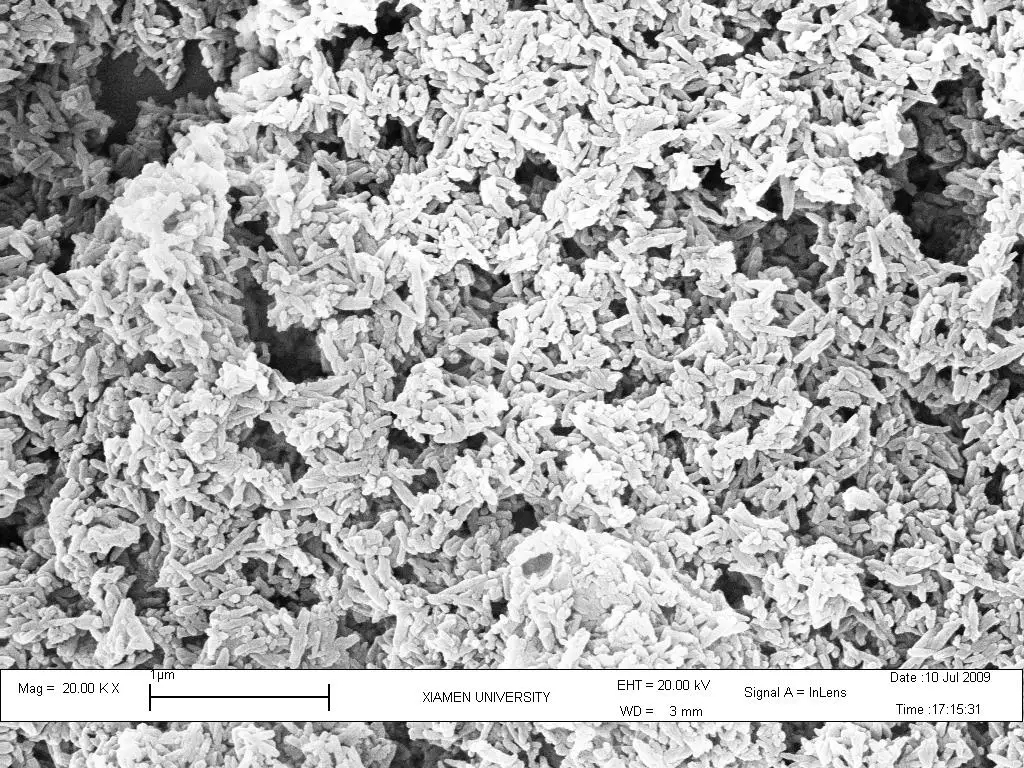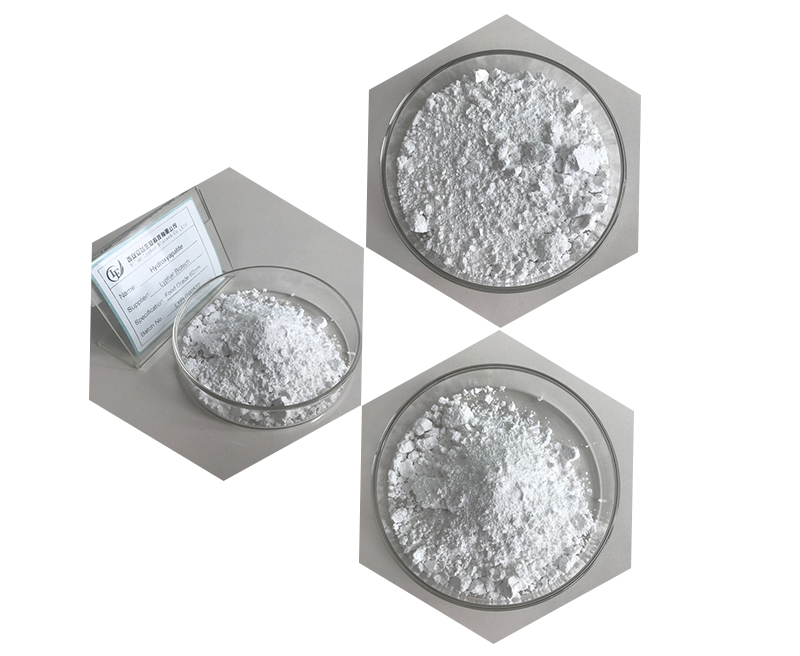Hydroxyapatite is a calcium phosphate compound that constitutes the mineral component of vertebrate bones and teeth. Its basic chemical formula is Ca₅(PO₄)₃OH. In this formula:
Ca stands for calcium.
PO₄ stands for phosphate.
OH stands for hydroxide.
Hydroxyapatite crystals provide strength and rigidity to bones and teeth, contributing to their structural integrity.

The efficacy and function of Hydroxyapatite
Hydroxyapatite is a naturally occurring mineral form of calcium apatite, and it is the main mineral component of tooth enamel and bone. Its efficacy and functions are diverse and can be observed in various fields. Here are some key aspects:
1.Dental Applications:
Toothpaste and Oral Care Products: Hydroxyapatite is used in toothpaste as a remineralizing agent. It can help restore minerals to tooth enamel, making it more resistant to decay.
Dental Fillings and Implants: Due to its biocompatibility, hydroxyapatite is used in dental fillings and implants to promote integration with natural bone tissue.
2.Medical Implants:
Bone Grafts: Hydroxyapatite is utilized in bone grafting procedures to promote bone regeneration. It serves as a scaffold for new bone formation and eventually gets replaced by the patient’s own bone tissue.
Coating for Implants: The material is used as a coating for orthopedic implants to improve their integration with surrounding bone.
3.Biomedical Research:
Biocompatibility Studies: Hydroxyapatite is often employed in research studies to assess the biocompatibility of materials. Its interaction with biological tissues makes it valuable for understanding how materials interact with the human body.
4.Drug Delivery Systems:
Nanostructured Hydroxyapatite: Researchers are exploring the use of nanostructured hydroxyapatite in drug delivery systems. Its porous structure can be leveraged for controlled release of drugs.

5.Water Treatment:
Fluoride Removal: Hydroxyapatite has been investigated for its potential use in removing fluoride from water. Its structure allows it to bind with fluoride ions, reducing their concentration in water.
6.Cosmetic Applications:
Skin Care Products: Hydroxyapatite nanoparticles are being explored for use in skin care products. The small particle size may have benefits for improving the texture and appearance of the skin.
7.Research in Nanotechnology:
Nanoparticles: Hydroxyapatite nanoparticles are of interest in nanotechnology for their unique properties. They can be engineered for specific applications, including in the development of nanocomposites.
It’s important to note that while hydroxyapatite has various applications, ongoing research is exploring new uses and optimizing its properties for different purposes. As with any material, safety considerations and regulatory approvals are crucial in its utilization.
